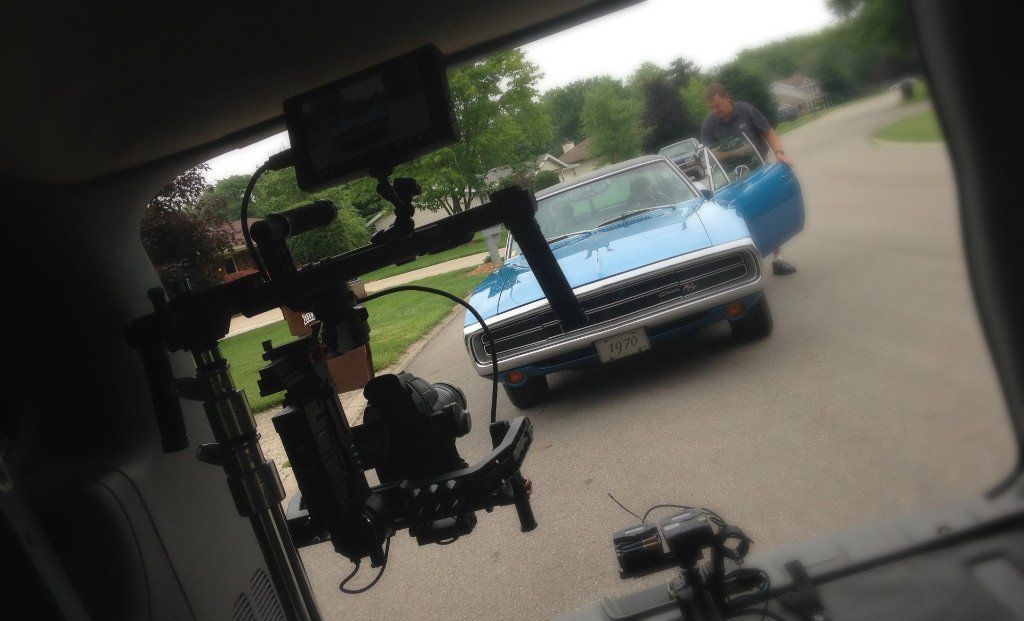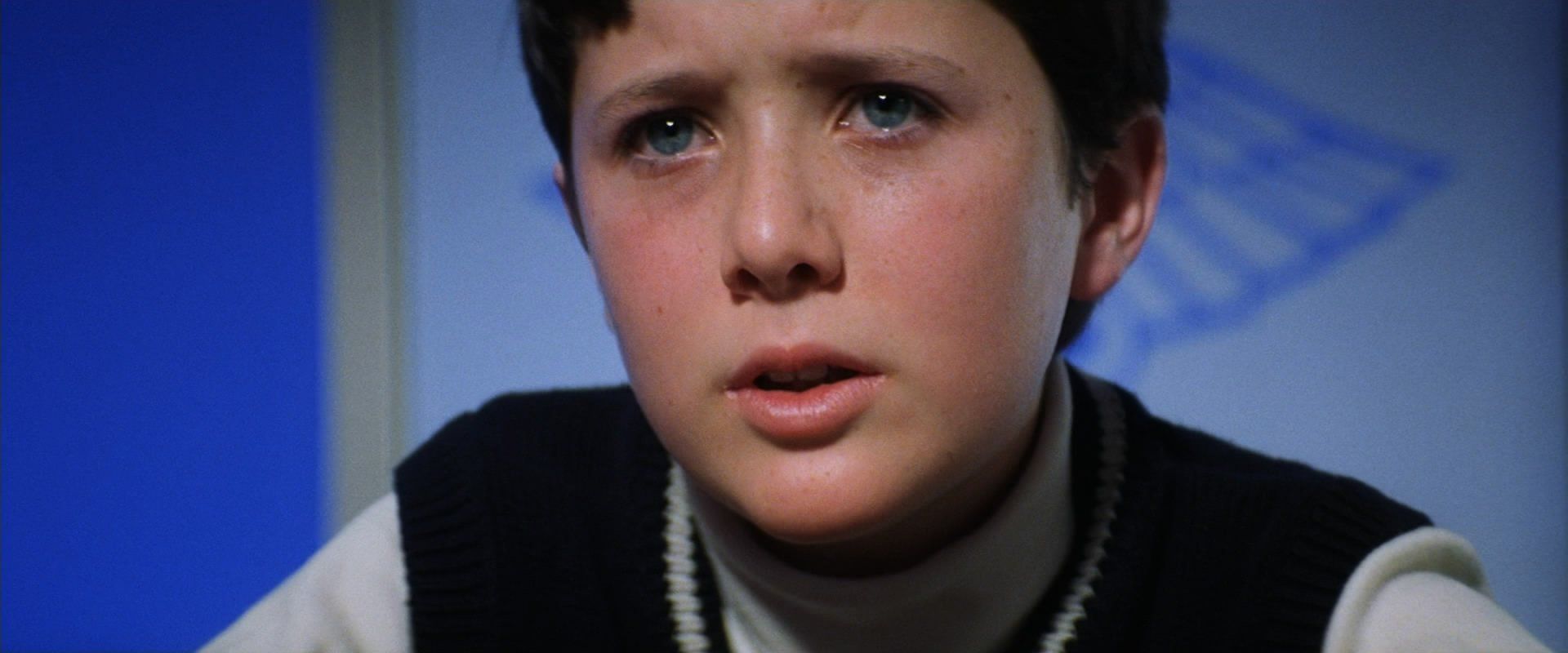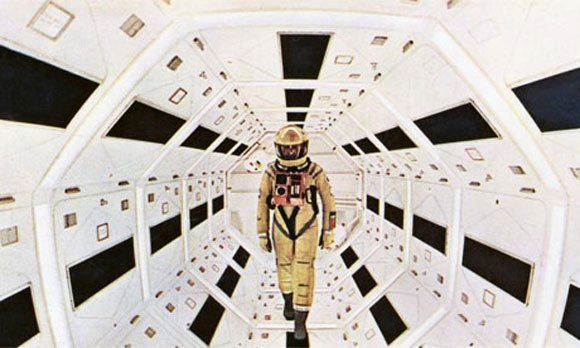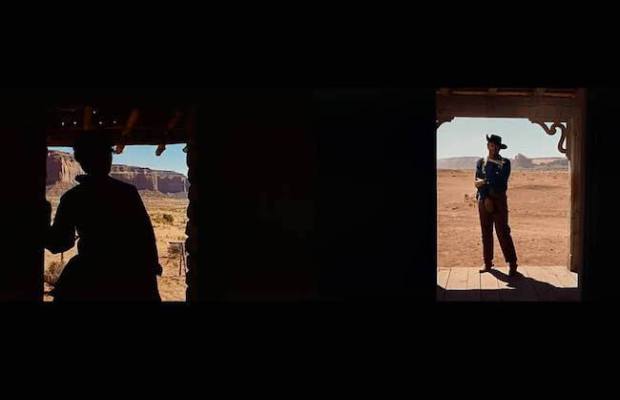What do you mean by "cinematic"?
- By DH Productions
- •
- 14 Dec, 2017
- •
cin·e·mat·ic /sinəˈmadik/, adjective: relating to motion pictures, "cinematic output". Having qualities, characteristic of motion pictures.

In a constantly changing and evolving
landscape of videographers, photographers, vloggers,
cinematographers, directors of photography a lot of people claim to
create images that are “cinematic.” But, what does that actually mean? What are the qualities
and characteristics of motion-pictures that help transform a shot of
video into something more – something cinematic?
I want to
preface this by saying that this is one person's opinion. There's no
discernible, easy answer to this question, but are those not the
questions most worth discussing? This isn't intended to degrade
anyone or to even promote ourselves as producers of the cinematic; I
just find it to be a fascinating topic worth exploring.
From
my “studies” of Youtube (read: I click on a lot of videos), I see
a lot of people claiming that their visuals are cinematic. One common
thread between them is that the videos they create often have
sweeping camera movements and a limited depth of field. Depth of
field refers to the amount of the image that is in focus. A limited
depth of field means that the subject(s) is isolated in the shot from
the background, which blurs out behind them. This tends to create
more of an emotional connection between the viewer and the subject
because, as a viewer, you do not exist in the same environment as the
subject you are seeing. That separation between the subject and their
environment helps draw your attention to them as the emotional focus
of the scene. For me, it's the difference between sitting across the
table from someone and sitting right next to them during a
conversation. It feels more intimate to see something up close and
isolated from its environment. You see more of the intricacies and
idiosyncrasies that make us humans, creatures of emotion. In saying
all of this, I don't disagree that a limited depth of field can
sometimes feel more cinematic, but there are plenty of examples of
deep focus (or shots in which almost everything on the screen is in
focus) that are certainly cinematic. Stanley Kubrick, John Ford, and
Orson Welles are just a few examples of directors who created
powerful visuals that exist almost as video-paintings, so it can't be
as simple as just a “depth of field thing.”


So, what about
those sweeping camera movements? As a person who was inspired to go
to film school by the movies of Paul Thomas Anderson (Boogie
Nights, Magnolia),
Martin
Scorsese (Raging Bull, Taxi Driver),
and Terry Gilliam (Brazil, 12 Monkeys),
I am inspired by a constantly moving camera. It seems to feel more
“big budget” in that the filmmakers have the tools to create such
visuals. But there's also something about it that helps replicate the
human experience. The camera is designed to mimic the human eye, and
our daily experience is one of constant movement. Even now while
sitting, typing this post, my eyes dart from my coffee cup to my
office door and back again. There aren't edits in between – it is
one continuous motion. Sweeping camera movements, especially when
paired with shots that perhaps play out a bit longer help to create a
synthetic recreation of the human experience. There's also something
to be said for just creating powerful visuals.
Also worth
considering is “movie magic.” Shots that take us to places,
perspectives, and vantage points we have never seen in order to
examine a subject in a way that might feel strange or even impossible
on a day to day basis often feel more “cinematic.” These new
perspectives offer insight and accent to the subject being filmed.
Classic angle choices for the shot (make a subject feel powerful by
putting the camera low in front of them and shooting up or make a
subject feel weak or submissive by putting the camera higher than
their eye-line and shooting down) help offer a way to convey an idea
in this visual medium. New perspectives are only becoming more and
more popular with the influx of drones onto the market.

At the
end of the day, for me at least, it comes down to craft. A cinematic
image is one that is carefully crafted to evoke a particular feeling
or response. There's a distinct difference between pointing a camera
toward the action and hitting record and carefully crafting a scene,
using the many tools at your disposal to create an emotional,
intellectual, or actionable response from the viewer. Video, film,
and cinema always have the potential to be arguably the most powerful
art form because they are a synthesis of other art forms. We blend
music with sculpted light with photography with acting with human
emotion with edit-based juxtapositions to, on a good day and with a
little luck, produce something meaningful and memorable.
At DH
Productions, we strive for cinematic imagery. We look to create
visual moments that evoke emotion and create active engagement from
the viewer. While the official distinction between cinema and video
may be a little vague and open to interpretation, cinematic imagery
has the power to move, to prompt introspection, to promote empathy,
to motivate, to call for action, and to empower the viewer. As visual
storytellers, that's a responsibility and a gift.
Andrew Fiscus
Cinematographer/Editor, DH Productions





